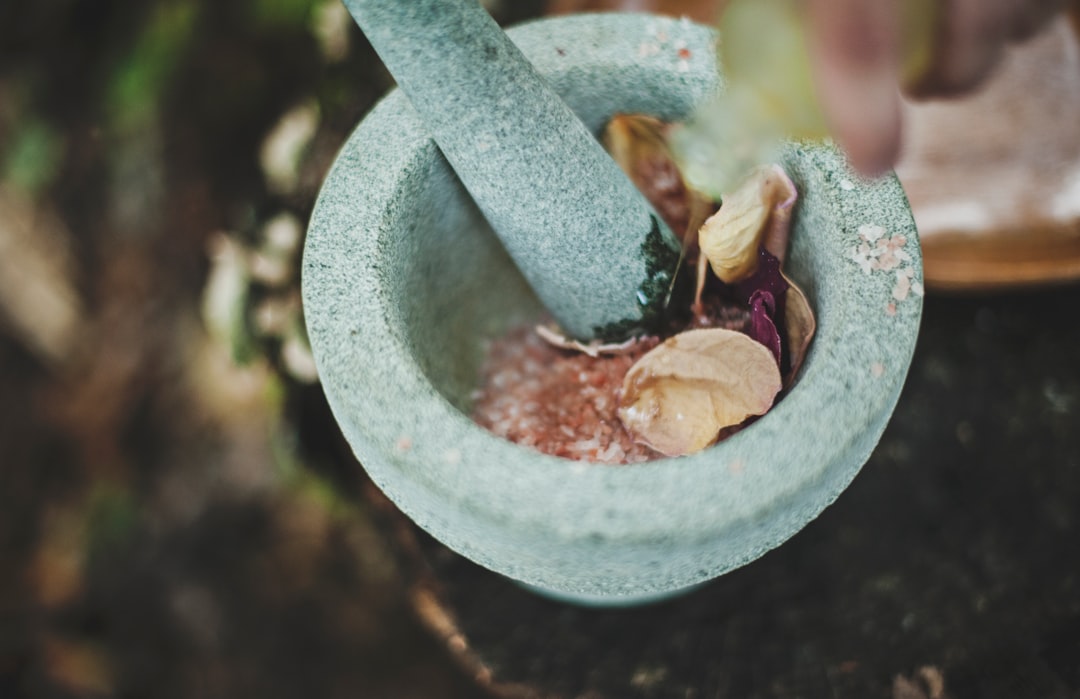When you decide to undergo wart removal, it’s essential to grasp the various methods available and what each entails. Warts, caused by the human papillomavirus (HPV), can be bothersome and unsightly, prompting many to seek professional help. The removal process can vary significantly depending on the type of wart, its location, and your personal preferences.
Common methods include cryotherapy, where liquid nitrogen freezes the wart; laser treatment, which uses focused light to destroy wart tissue; and surgical excision, where the wart is cut out. Each method has its own set of advantages and potential drawbacks, so understanding these can help you make an informed decision. Before proceeding with any treatment, a consultation with a healthcare professional is crucial.
They will assess your specific situation, discuss the best options for you, and explain what to expect during the procedure. You may also want to ask about the likelihood of recurrence, as some warts can return even after successful removal. Knowing what to expect can alleviate anxiety and prepare you mentally for the process ahead.
It’s also wise to discuss any pre-existing conditions or medications you are taking, as these factors can influence your treatment plan.
Key Takeaways
- Wart removal process involves various methods such as cryotherapy, laser therapy, and surgical excision, depending on the type and location of the wart.
- Preparing for wart removal recovery involves following pre-procedure instructions, arranging for transportation, and stocking up on necessary supplies for post-procedure care.
- Managing pain and discomfort after wart removal can be done with over-the-counter pain medications, keeping the area clean and dry, and avoiding strenuous activities.
- Caring for the wart removal site includes keeping it clean and dry, applying any prescribed ointments or dressings, and avoiding picking or scratching the area.
- Potential complications after wart removal include infection, excessive bleeding, or allergic reactions, and it’s important to seek medical help if any of these occur.
Preparing for Wart Removal Recovery
Understanding Aftercare Instructions
Having a clear understanding of the aftercare instructions will help you feel more in control and less anxious about the recovery process. This knowledge will enable you to take the necessary steps to ensure a smooth and comfortable recovery.
To minimize any potential discomfort, consider arranging for assistance from a friend or family member during your recovery period. This can include help with daily tasks, such as grocery shopping or household chores.
Stocking Up on Essential Supplies
Stocking up on necessary supplies, such as bandages, antiseptics, and over-the-counter pain relievers, can also streamline your recovery process. By preparing adequately, you set yourself up for a smoother healing journey and minimize any potential complications.
Managing Pain and Discomfort After Wart Removal

Post-procedure pain and discomfort are common experiences following wart removal, but there are effective strategies to manage these sensations. Initially, you may feel some throbbing or tenderness at the removal site. Over-the-counter pain relievers like ibuprofen or acetaminophen can be beneficial in alleviating this discomfort. Always follow the recommended dosage instructions and consult your healthcare provider if you have any concerns about medication interactions or side effects.
In addition to medication, applying a cold compress to the area can provide relief from swelling and pain. Just be sure not to apply ice directly to the skin; instead, wrap it in a cloth or use a gel pack designed for this purpose. Elevating the affected area can also help reduce swelling and improve comfort.
Listening to your body is key; if you find that certain movements exacerbate your pain, try to avoid them until you feel more comfortable.
Caring for the Wart Removal Site
| Wart Removal Site Care | Recommendations |
|---|---|
| Cleanliness | Keep the area clean and dry to prevent infection |
| Protection | Avoid picking or scratching the site to prevent scarring |
| Bandaging | Follow any bandaging instructions provided by your healthcare provider |
| Monitoring | Watch for signs of infection such as increased redness, swelling, or pain |
Proper care of the wart removal site is crucial for promoting healing and preventing infection. After the procedure, your healthcare provider will likely give you specific instructions on how to clean and dress the area. Generally, keeping the site clean and dry is essential.
You may be advised to gently wash it with mild soap and water, avoiding harsh chemicals or scrubbing that could irritate the skin. Dressing the area with a sterile bandage can protect it from dirt and bacteria while it heals. Change the bandage regularly, especially if it becomes wet or soiled.
If you notice any signs of infection—such as increased redness, swelling, or discharge—contact your healthcare provider immediately. They can assess the situation and provide guidance on how to proceed. By taking these precautions, you can significantly reduce the risk of complications and support your body’s natural healing processes.
Potential Complications and How to Handle Them
While most wart removal procedures are straightforward and safe, complications can occasionally arise. One potential issue is infection at the removal site, which may occur if bacteria enter through broken skin. Symptoms of infection include increased pain, redness, swelling, or pus formation.
If you experience any of these symptoms, it’s essential to seek medical attention promptly. Your healthcare provider may prescribe antibiotics or recommend other treatments to address the infection. Another complication could be scarring at the removal site.
While some scarring is normal after any surgical procedure, excessive scarring can be concerning. To minimize this risk, follow your aftercare instructions carefully and avoid exposing the area to sunlight until it has fully healed. If you notice that scarring is more pronounced than expected after healing, consult with your healthcare provider about potential treatments that can help improve the appearance of scars.
Timeline for Wart Removal Recovery

Understanding the timeline for recovery after wart removal can help set realistic expectations for your healing process. Generally, most people begin to feel better within a few days following the procedure. However, complete healing may take several weeks depending on factors such as the size of the wart and the method used for removal.
For instance, cryotherapy may result in a blister that takes about a week to heal, while surgical excision might require a longer recovery period. During this time, it’s important to monitor your progress closely. You should notice gradual improvement in pain and swelling as days go by.
If you find that your symptoms are worsening instead of improving after a few days, it’s advisable to reach out to your healthcare provider for further evaluation. Keeping track of your recovery timeline can help you identify any potential issues early on.
Tips for Faster Healing and Scar Prevention
To promote faster healing and minimize scarring after wart removal, there are several proactive steps you can take. First and foremost, adhere strictly to your healthcare provider’s aftercare instructions. This includes keeping the area clean and dry while avoiding any activities that could irritate or stress the site.
Additionally, maintaining a healthy diet rich in vitamins and minerals can support your body’s healing processes. Hydration is another critical factor in recovery; drinking plenty of water helps keep your skin healthy and promotes overall well-being. You might also consider using silicone gel sheets or ointments specifically designed for scar prevention once the area has healed sufficiently.
These products can help flatten scars and improve their appearance over time. Remember that patience is key; while you may be eager to see results quickly, allowing your body the time it needs to heal properly will yield better long-term outcomes.
When to Seek Medical Help After Wart Removal
While most recoveries from wart removal are uneventful, there are certain situations where seeking medical help is necessary. If you experience severe pain that does not improve with over-the-counter medications or if you notice significant swelling or redness around the removal site, it’s essential to consult your healthcare provider promptly. These could be signs of complications that require professional intervention.
Additionally, if you observe any unusual discharge from the site—especially if it has a foul odor—or if you develop a fever following the procedure, do not hesitate to reach out for medical advice. Early intervention can often prevent more serious issues from developing and ensure that your recovery remains on track. Trusting your instincts about your health is vital; if something feels off during your recovery process, it’s always better to err on the side of caution and seek professional guidance.
If you are looking for more information on wart removal recovery, you may want to check out this article on In Laser Hair Removal’s website. They provide a complete guide on the healing process after wart removal and offer tips on how to promote faster recovery. Additionally, you can customize your interests on their website by visiting this link.
FAQs
What is the recovery process after wart removal?
The recovery process after wart removal can vary depending on the method used for removal. Generally, it involves keeping the area clean and dry, avoiding picking or scratching the area, and following any specific post-procedure instructions provided by the healthcare provider.
How long does it take to heal after wart removal?
The healing time after wart removal can range from a few days to a few weeks, depending on the size and location of the wart, as well as the method used for removal. It is important to follow the healthcare provider’s instructions for proper wound care to promote healing.
What are the common side effects after wart removal?
Common side effects after wart removal may include redness, swelling, tenderness, and mild discomfort at the site of removal. In some cases, a scab may form as the area heals. It is important to monitor for signs of infection, such as increased pain, redness, or drainage, and seek medical attention if these occur.
Can I shower or bathe after wart removal?
It is generally safe to shower or bathe after wart removal, but it is important to keep the area clean and dry. Avoid soaking the area in water for prolonged periods, and pat the area dry gently after washing. If there are specific instructions provided by the healthcare provider, be sure to follow them.
When can I return to normal activities after wart removal?
The timeline for returning to normal activities after wart removal can vary depending on the method used and the individual’s healing process. It is important to follow the healthcare provider’s guidance on when it is safe to resume activities such as exercise, swimming, and wearing certain types of footwear.






